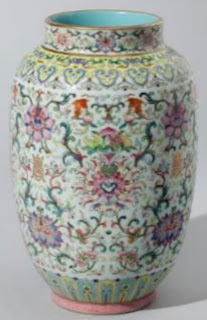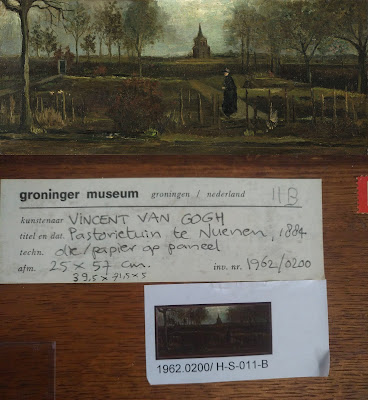 Eberhard Kornfeld,Egon Schiele,Eugene Thaw,Galerie St. Etienne,Gutekunst & Klipstein,Manhattan District Attorney,Neue Galerie,Otto Kallir,Ronald Lauder,Serge Sabarsky,the New Gallery and Bookshop
Eberhard Kornfeld,Egon Schiele,Eugene Thaw,Galerie St. Etienne,Gutekunst & Klipstein,Manhattan District Attorney,Neue Galerie,Otto Kallir,Ronald Lauder,Serge Sabarsky,the New Gallery and Bookshop
 No comments
No comments
Seven World War II-era restitutions originating from the Collection Grünbaum
A total of seven artworks by Austrian Expressionist Egon Leo Adolf Ludwig Schiele once owned by Franz Friedrich 'Fritz' Grünbaum will be handed over in a public ceremony livestreamed today from the office of the New York District Attorney's Office in Manhattan at 15:00 EST.
Each of the artworks were voluntarily relinquished by the Museum of Modern Art and the Morgan Library in New York, the Santa Barbara Museum of Art (California) and the legal representatives for the private collections of Ronald Lauder and the estate of the late Serge Sabarsky.
The artworks being returned to the collector's heirs are:
Watercolor and charcoal on paper
Lastly with the Museum of Modern Art
Watercolor and pencil on paper
Lastly with the Museum of Modern Art
Black chalk and watercolor on brown paper
Lastly with the Morgan Library & Museum
Gouache, watercolor, and pencil on paper
Lastly with Neue Galerie, from the estate of the late Serge Sabarsky
Watercolor and pencil on paper
All seven of the artworks were relinquished following investigations by the Manhattan prosecutor's office. A process to recover Grünbaum's art collection began as early as 1998 when former Manhattan District Attorney Robert Morgenthau seized “Dead City III”, an oil on wood painting by Schiele which Timothy Reif's, family claimed. At the time, the Reif claim was weaker than Lea Bondi's claim for the Portrait of Wally, and Dead City III went back to Austria to the Leopold Museum.
Fast forward to 2018, and working from the basis of the civil court ruling by Judge Charles V. Ramos in the case of Reif v. Nagy in New York County Supreme Court, we finally have some justice for the family. In his ruling Ramos concurred that the power of attorney signed on/around 20 July 1938 by the artworks' owner, Austrian Jewish cabaret artist, song writer, and actor, Franz Friedrich 'Fritz' Grünbaum, while imprisoned at Dachau Concentration Camp, and signed under extreme duress gunpoint did not represent a valid conveyance.
In making his 2018 ruling Judge Ramos also cited the introduction of the Holocaust Expropriated Recovery Act of 2016 and ruled that Grünbaum’s descendants rightfully owned two other Schiele works named in the civil proceedings, “Woman in a Black Pinafore” and “Woman Hiding Her Face.”
Grünbaum was murdered on 14 January 1941 at Dachau Concentration Camp.
As mentioned in an earlier article this month, much of Grünbaum’s extraordinary 449-piece art collection was sold through Eberhard Kornfeld, a Swiss auctioneer, and art dealer based in Bern.
Given that all seven of these Schiele artworks had been in circulation via New York dealers, the New York District Attorney's Office held jurisdiction and could build a case for their (and other) restitutions on the basis that pursuant to a criminal investigation into Nazi looted art, by being the property of Fritz Grünbaum’s heirs: David Fraenkel, Timothy Reif, and Milos Vavra, the artworks from his collection, which have been sold onward, each constitute stolen property from the claimants according to New York state law.
Remembering the artwork's original owner, it is said that Fritz Grünbaum never stopped entertaining people. Even as death approached at Dachau, he mocked the Nazis and found levity in the grim absurdities of life in a death camp. One former inmate remembered Fritz comforting the other inmates by arguing that absolute deprivation and systematic starvation were the best defence against diabetes.
By: Lynda Albertson
































.png)
